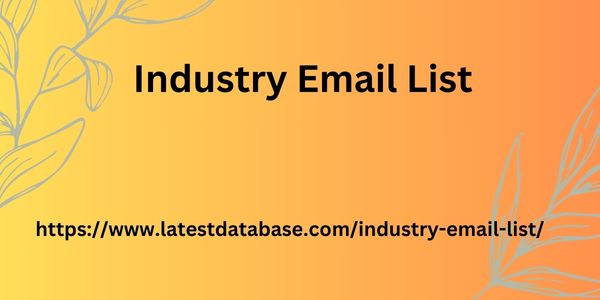Post by account_disabled on Mar 4, 2024 3:56:32 GMT -5
People like and are scared at the same time by the fact that things flow. Facts, memories and life flow. It is precisely the current generational, evolutionary and, above all, conceptual change that interests us. We have gotten into the constant transition almost without realizing it. We have gone from analog to digital. From the tangible to the intangible. And immediate communication has erased the trace of any other typology. Changes, changes and more changes. We focus on variation and see that everything comes down to information. Human beings need to know and, furthermore, without pause. We work with unknowns that we propose to solve as challenges. We join the trends to be able to feel the revolution. And yet, no matter how many things we learn in our daily lives, few throughout our history have known how to stop in time to question the direction of the path. Regards, George Orwell. Visionary who, with his book From Him , dictated what our reality is today. The application of calculus Yes, we are talking about Big Data. We talk about the value of information in our society and we talk about being able to see this value with perspective through platforms such as blueprint branding, visual thinking or the UX mapping tool, also known as Customer Journey.
Our way of consuming and accessing information has modified our behaviors and conceptions of the environment. Something to keep in mind when addressing our audience. We live in increasingly technological cities and we are approaching the long-awaited Smart Cities. Singapore, San Francisco, London, New York, Barcelona, Berlin, Chicago, Portland, Tokyo and Melbourne lead the ranking of smart cities according to Intel and Juniper Research. Google Maps, among other brands, also uses the information as a guide. Now the same application locates you geographically and is capable of adapting the route Industry Email List to your weather and traffic situation and avoiding unforeseen incidents on your way. Registration data, data from social networks, administration data and sensory data are just the tip of the iceberg of existing legal accessibility. Our capacity to detect, collect (Big Data) and use data (Fast Data) increases at breakneck speed, resulting in innovations: free access to the interpretation and use, positive and negative, of the power we have in our hands . Data opportunities for branding The wide range of resources in development brings us closer to more personalized and beneficial branding for the public.

We must exploit the common benefits that this train offers us, bet on the advantages of technological evolution and put responsible limits on information management. But above all, we must learn to use such magnitudes of zeros and ones in coexistence with our accumulated and more traditional knowledge. We defend the importance of knowledge and value the opportunities that arise from this new era. Having a detailed view of the client makes it much easier to understand the need and allows for personalization of the service. We appreciate it. But settling for current techniques seems to be left behind. We look at everything. On the street, on the Internet, in our imagination and through our memories. We think that no matter how much calculation we have at our disposal, the difference lies in not considering the past obsolete. Everything returns, everything influences and we want to promote the dual work between experience and the new to obtain a complete photograph of our reality.Next, we establish the brand architecture model that best projects the objectives, values, goals and mission. Finally, we create the corresponding customized solutions.
Our way of consuming and accessing information has modified our behaviors and conceptions of the environment. Something to keep in mind when addressing our audience. We live in increasingly technological cities and we are approaching the long-awaited Smart Cities. Singapore, San Francisco, London, New York, Barcelona, Berlin, Chicago, Portland, Tokyo and Melbourne lead the ranking of smart cities according to Intel and Juniper Research. Google Maps, among other brands, also uses the information as a guide. Now the same application locates you geographically and is capable of adapting the route Industry Email List to your weather and traffic situation and avoiding unforeseen incidents on your way. Registration data, data from social networks, administration data and sensory data are just the tip of the iceberg of existing legal accessibility. Our capacity to detect, collect (Big Data) and use data (Fast Data) increases at breakneck speed, resulting in innovations: free access to the interpretation and use, positive and negative, of the power we have in our hands . Data opportunities for branding The wide range of resources in development brings us closer to more personalized and beneficial branding for the public.

We must exploit the common benefits that this train offers us, bet on the advantages of technological evolution and put responsible limits on information management. But above all, we must learn to use such magnitudes of zeros and ones in coexistence with our accumulated and more traditional knowledge. We defend the importance of knowledge and value the opportunities that arise from this new era. Having a detailed view of the client makes it much easier to understand the need and allows for personalization of the service. We appreciate it. But settling for current techniques seems to be left behind. We look at everything. On the street, on the Internet, in our imagination and through our memories. We think that no matter how much calculation we have at our disposal, the difference lies in not considering the past obsolete. Everything returns, everything influences and we want to promote the dual work between experience and the new to obtain a complete photograph of our reality.Next, we establish the brand architecture model that best projects the objectives, values, goals and mission. Finally, we create the corresponding customized solutions.
